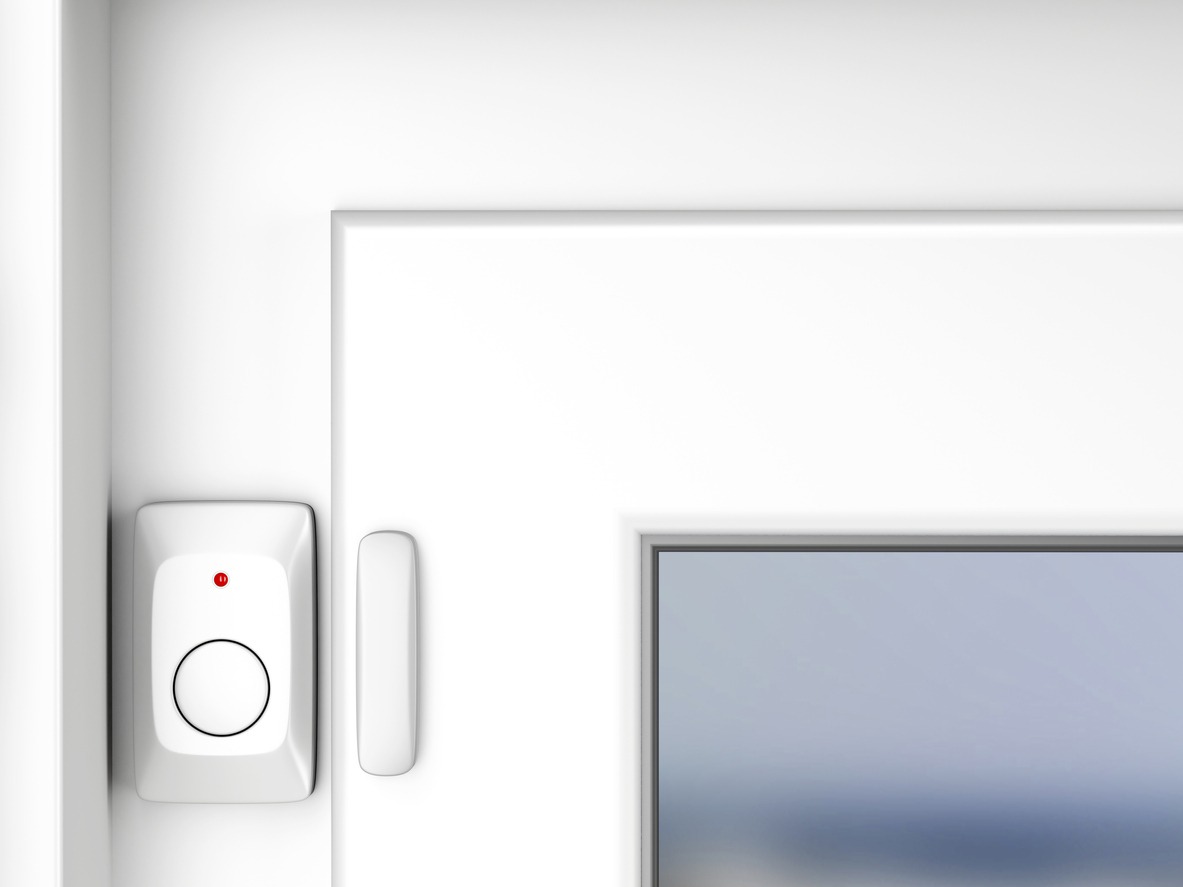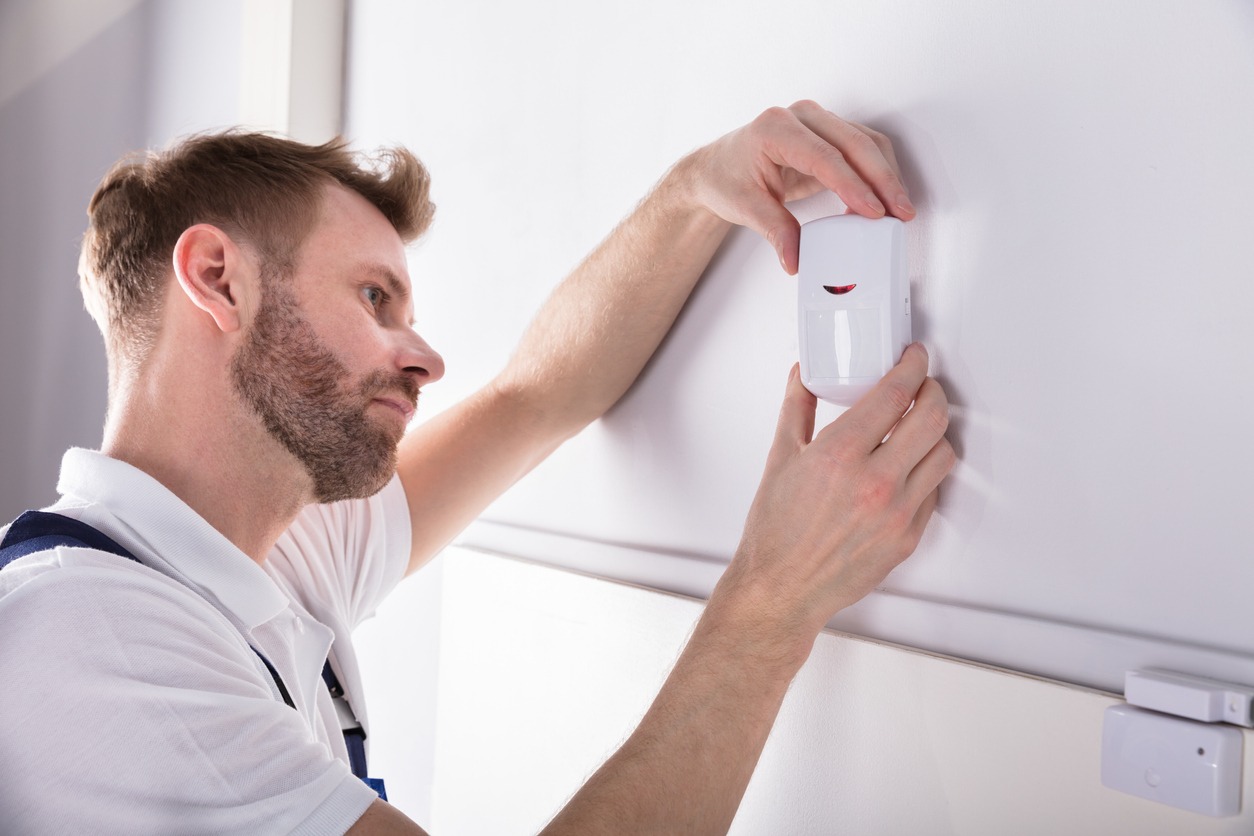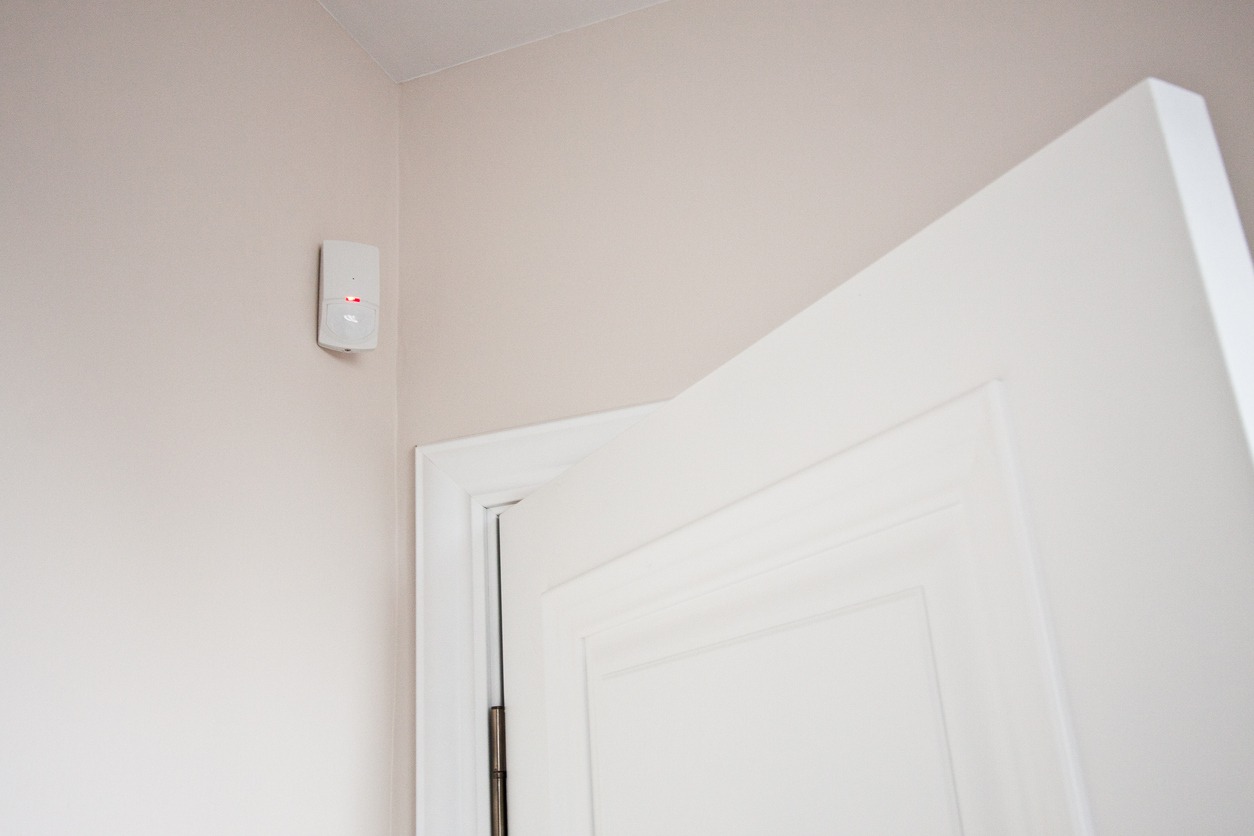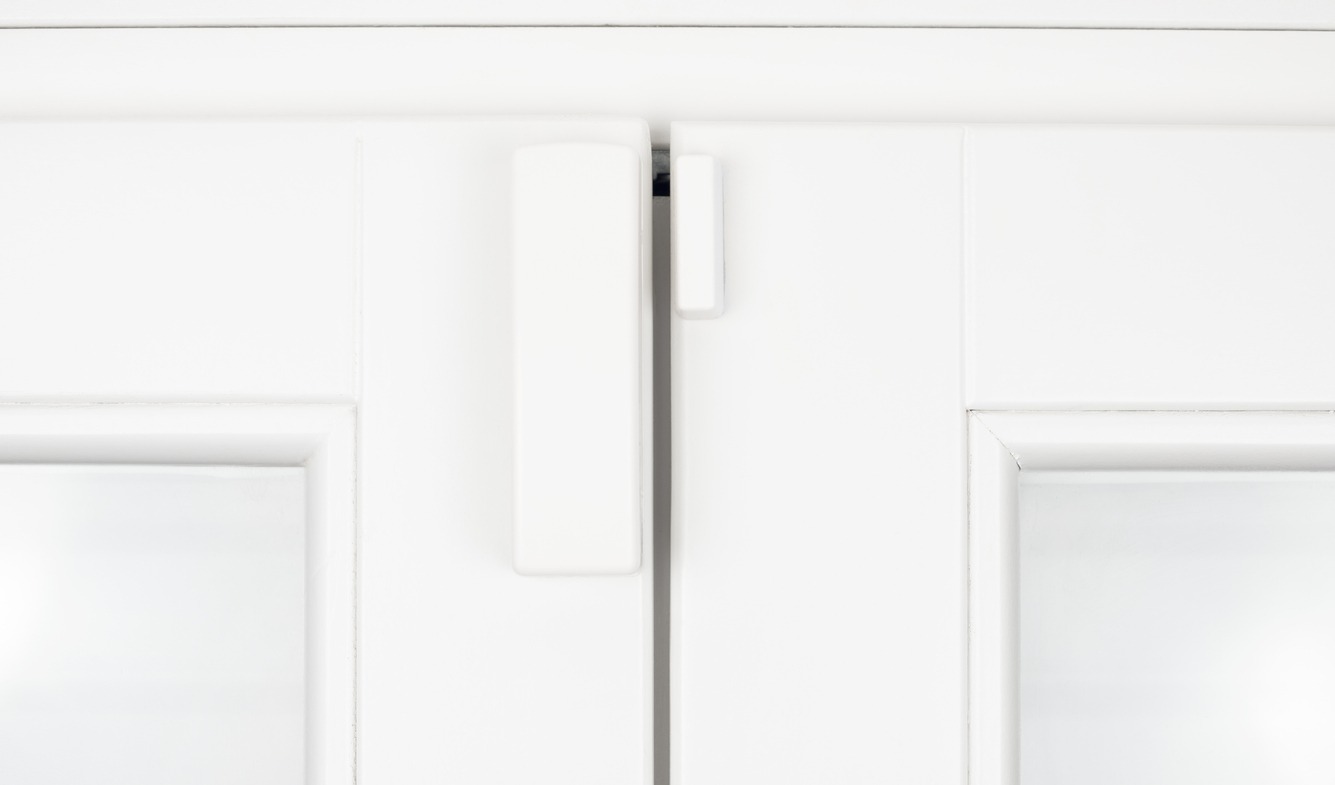It is indeed challenging for caregivers to take care of and keep an eye on their senior patients. This is true, particularly if the patient often wanders around or is at risk of falling. With this, the use of alarm systems, which are referred to as personal emergency response systems, health monitors, or fall monitors, has become popular. These devices can provide increased independence for loved ones and peace of mind for family caregivers.
There are many different types of alarm systems that caregivers can use to monitor their patients. However, it is sometimes challenging to know which one is the best for your situation. Medical alarm systems have evolved far beyond basic devices that trigger a call to a response center in case of an emergency. They now have other features and functions, such as GPS, fall detection or prevention, activity trackers, and more. In addition to that, there are now cordless versions that are more convenient to use for both the patient and the caregiver.
In this article, we are going to provide you with more information about cordless alarm systems for caregivers. This way, you will be able to choose the best one that will cater to the needs of your patient and to your convenience and preferences.
What are Cordless Alarm Systems?
Cordless alarm systems are wireless devices designed to alert caregivers or individuals responsible for the safety and well-being of others. They use sensors and a central receiver to detect and transmit signals when certain events or conditions occur. The main purpose of cordless alarm systems is to give timely notifications, allowing caregivers to respond promptly to emergencies or situations that need attention.
Since cordless alarm systems do not have physical cords or wires, they offer flexibility and portability. They can also be installed easily and adjusted based on the specific needs of the caregiving environment. Most of these systems have sensors that are placed strategically in various areas or attached to objects, such as beds or chairs to monitor movement, position, or other relevant parameters. When the sensor is triggered, it communicates wirelessly with the receiver, which generates an audible or visual alert to notify the caregiver.
Cordless alarm systems are often used in caregiving settings, such as home care, assisted living facilities, hospitals, and nursing homes. They are important when it comes to enhancing the safety and well-being of patients as they give an extra layer of protection and assistance for both caregivers and those under their care.
The Benefits of Using Cordless Alarm Systems
There are several benefits that caregivers may get from using cordless alarm systems. Below are some of them:
Enhanced Safety and Peace of Mind
Cordless alarm systems may help caregivers respond quickly to incidents or emergencies, which helps reduce the risk of accidents or injuries. Whether it is detecting a fall, alerting to movement outside designated areas, or notifying about door or window openings, these systems can give additional protection to patients. Caregivers will also have peace of mind knowing they will be immediately alerted if their attention or assistance is needed.
Increased Independence for Patients
The use of cordless alarm systems also allows patients to keep their independence and freedom of movement. It’s because they can use these devices to call for help or notify their caregivers without the need for direct physical contact. With this, they can feel more confident and secure. Their increased independence can contribute to their overall well-being and quality of life.
Flexibility and Portability
Unlike wired alarm systems, cordless ones are designed to be installed easily. In addition to that, they can also be adjusted to suit various environments. There are no complex wiring installations that you need to think of, and most units can be set up quickly. Aside from that, these systems can also be moved or repositioned as needed, accommodating changes in the patient’s living situation or caregiving needs.
Integration with Other Assistive Technologies
There are also some cordless alarm systems that can be integrated with other assistive technologies, such as medical alert devices and home automation systems. This way, there will be a more comprehensive caregiving solution by combining different functionalities and creating a connected ecosystem. For instance, you can connect a smart home device or personal emergency response systems to allow caregivers to receive alerts through phone notifications or connect with emergency services.
Things to Consider to Choose the Right Cordless Alarm System
When choosing a cordless alarm system, there are some important factors to consider, which will help you choose a system that will best suit your specific caregiving needs and provides optimal functionality. Below are some of the important things to consider when choosing a cordless alarm system:
Range and Signal Strength
It is important to consider the range of the cordless alarm system to ensure that it covers the needed area to monitor the patient effectively. Aside from that, you also need to assess the strength of the signal to make sure that there is reliable communication between the sensors and the receiver, particularly if there are barriers or walls that may affect the transmission of the signal.
Battery Life and Charging Options
You also need to check the battery life of the sensors and receiver to make sure that they can operate for a sufficient duration before needing a recharge or battery replacement. It is also important to consider the charging options available for the device, such as replaceable batteries or USB charging. Make sure that the device you pick aligns with your convenience and preferences.
Volume and Alert Options
You need to evaluate the volume and customization options for the alerts generated by the cordless alarm system. There are some devices that offer adjustable volume levels or multiple alternative tones to match different environments, scenarios, and individual preferences. It is best to choose a device that is highly customizable for more convenience.
Ease of Installation and Use
Most cordless alert systems are easy to install as they do not have complex wirings. But you still need to consider the ease of installation and setup of the device that you are going to buy. Try to look for systems that offer straightforward installation instructions and user-friendly interfaces. Do not choose systems that have complex configurations or those that need technical expertise to operate.
Compatibility with Caregiver’s Needs
It is also important to assess the specific caregiving needs and requirements. For instance, if you need to monitor multiple areas or patients at the same time, try to find cordless alert systems that support multiple sensors or have expandable capabilities. You should also consider whether you need additional features, such as activity tracking or voice communication, and pick a system that will align with your needs.
Durability and Reliability
When choosing a cordless alert system, you need to make sure that it is durable and built to withstand regular use. It is best to read reviews or ask for recommendations to determine the reliability of the system you are eyeing to buy. Find out more about sensor responsiveness, false alarm rates, and overall performance, as these will tell the durability and reliability of the device you are thinking of buying.
Cost and Budget
Of course, you also have to take into consideration the budget that you have. But you should remember to assess the value and features offered by the system rather than focusing solely on the price. Try to consider long-term costs, too, such as additional sensor purchases or battery replacements.
The Different Types of Cordless Alarm Systems for Caregivers
As we’ve mentioned earlier, there are several types of cordless alarm systems available in the market. Each of them is made to monitor particular events or conditions. Therefore, choosing one should depend on the caregiving needs and the areas that need monitoring. To further help you choose, below are some of the common types of cordless alarm systems:
Cordless Motion Sensor Alarms
Cordless motion sensor alarms use motion sensors to detect movement within a specific area. Once motion is detected by the device, an alert will be triggered to notify the caregiver. These devices are commonly used to monitor entryways, hallways, and specific rooms. They are great to be used for Alzheimer’s or dementia patients who tend to wander around a lot. Below are a few examples of cordless motion sensor alarms to help you choose:
- Smart Caregiver® Cordless Motion Sensor and Nurse Call System
- Wireless Motion Sensor with Alarm Chimes and LED Light
- Caregiver Pager Wireless Motion Sensor Alarm
- Ideal Security Motion Sensor Alarm
- Wireless Indoor Motion Sensor Alarm
Cordless Bed and Chair Sensor Alarms
These systems use sensors that are placed on beds or chairs to detect changes in pressure or movement. When the patient leaves the bed or chair, an alert will be sent to the caregiver. Most of the time, bed and chair sensor alarms are used in home care or assisted living settings to prevent patients from falling or wandering. Below are some examples of cordless bed and chair sensor alarms to help you pick:
- Briidea Bed Alarm and Fall Prevention for the Elderly with Wireless Alarm
- Lundberg Wireless Bed and Chair Alarm System with Call Button
- Smart Caregiver Wireless Bed Alarm System
Cordless Door and Window Sensor Alarms
Cordless door and window sensor alarms are systems that employ sensors attached to windows or doors to monitor openings and closings. When a door or window is opened, the sensor triggers an alert, which notifies the caregiver. These devices are very useful for monitoring exit points or restricted areas, particularly if you are caring for wandering patients with dementia or Alzheimer’s. Below are a few examples of cordless door and window sensor alarms to help you choose:
- GE Personal Security Window and Door Alarm
- HENDUN Wireless Door and Window Alarm with Remote
- SECRUI Door Sensor Chime with Adjustable Volume
- Rinetiy Window and Door Alarms for Safety
Cordless Fall Detection Alarms
These alarm systems incorporate wearable devices or sensors that can detect falls or sudden changes in body positions. For example, when a fall is detected by the device, an alert is sent to the caregiver immediately. These devices are very beneficial for caregivers who are caring for patients at risk of falling or those who have mobility issues. Below are some examples of cordless fall detection alarms to help you pick:
- Sammons Preston Magnet Alarm Fall Management System for Seniors
- CallToU Wireless Caregiver Fall Alert Pager
- JOSTART Fall Detection Device for Seniors
- Caregiver Pager Wireless Fall Alert Device for the Elderly
The examples we’ve provided here are general categories of cordless alarm systems for caregivers. Note that there are some cordless alarm systems that may combine multiple functionalities or offer additional features beyond their main type. Therefore, caregivers should assess their specific needs and pick the type of cordless alarm system that aligns best with those needs and preferences.
Conclusion
Cordless alarm systems are indeed beneficial, not just for the caregivers but for the patients as well. These devices provide caregivers peace of mind that they are monitoring their patients well while accomplishing other tasks, and these devices also give patients more freedom to do what they want without much supervision.
With this, we can say that the use of cordless alarm systems is one of the proactive steps toward improving caregiving efficiency and the overall well-being of both caregivers and patients. They provide additional protection, empowering caregivers to provide optimal care while respecting the independence of their loved ones or patients. We hope this article helped you learn more about cordless alarm systems for caregivers.






